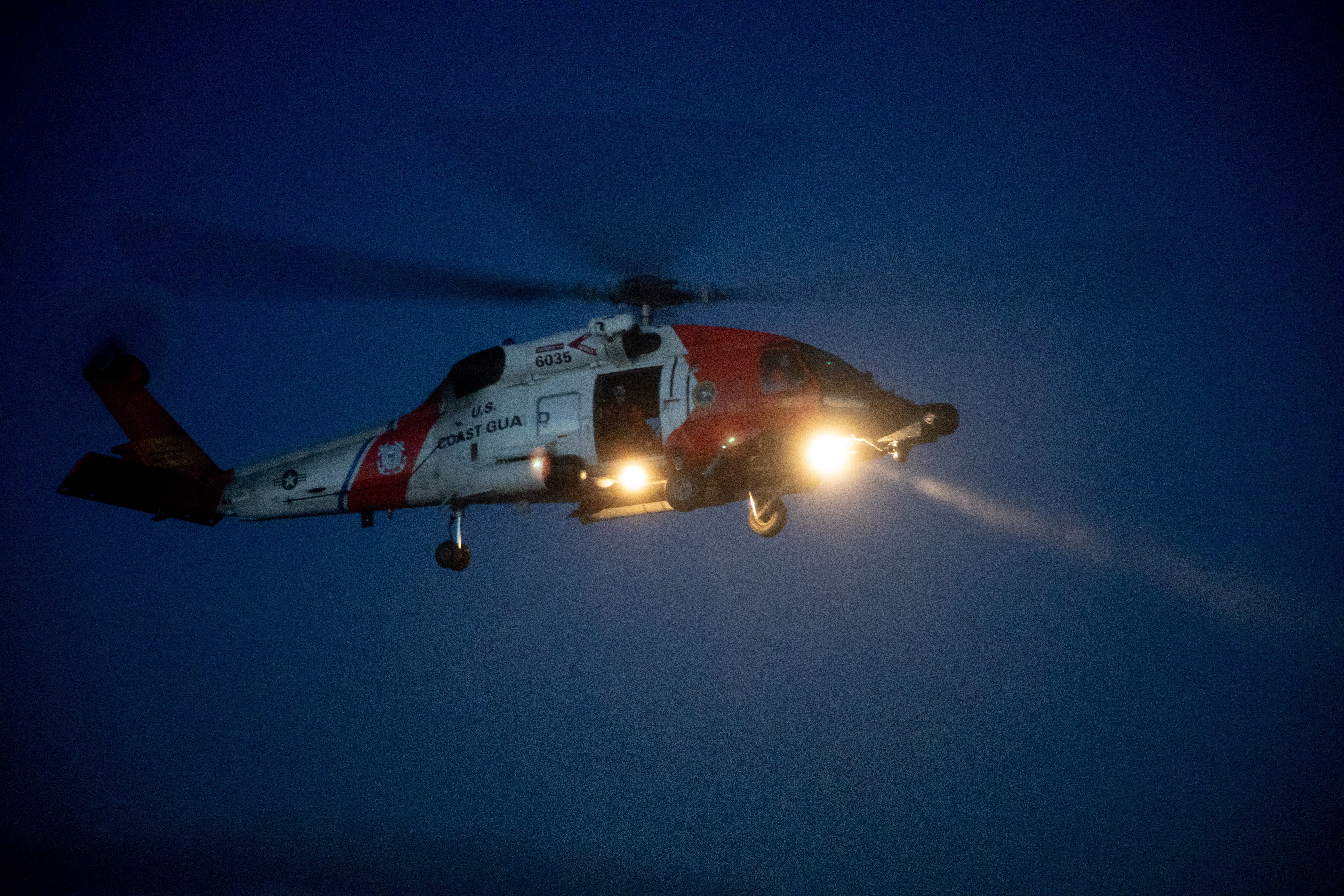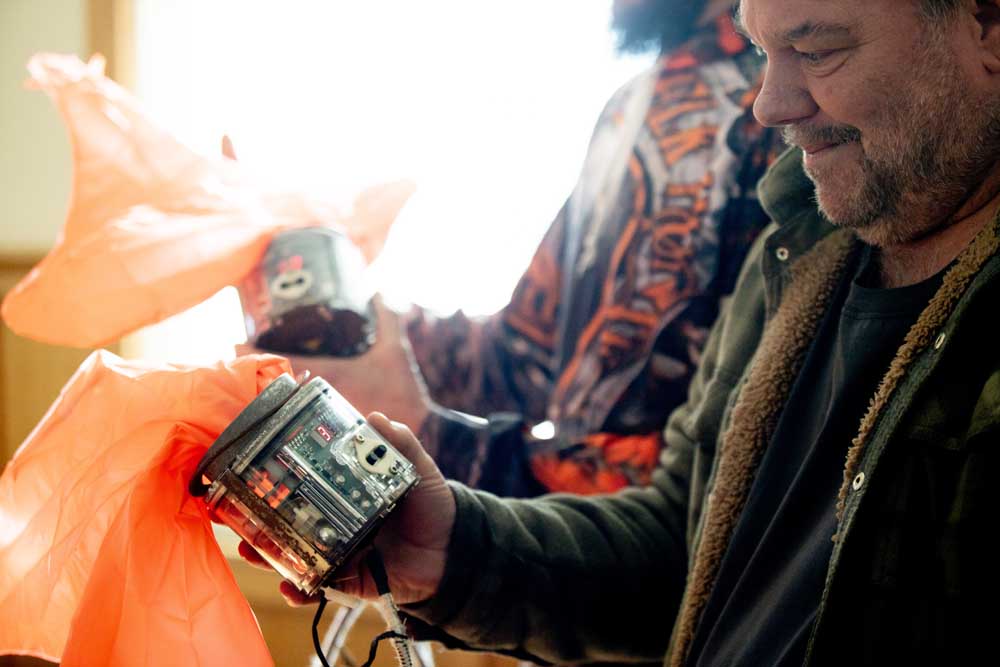Coast Chronicles: ‘The Distance Is You’
Published 2:21 pm Sunday, August 13, 2023

- A street scene in downtown Hilo, where little pockets of real Hawaii still exist.
This phrase has been floating around in my head lately in relationship to a couple events: the anniversary of the 1945 Japan bombing, and the devastating fires on Maui.
Trending
Many years ago on the Big Island, I initiated a writing project with women who were victims of domestic violence. I gathered up the poetry into a small book we titled “The Distance Is You” — a line from one of the poems. I love this thought for its intriguing ambiguity. Is the “you” someone I’m speaking to, or is someone speaking to me? Am I the “you”? And what is this “distance” exactly?
I decided one answer might be that the distance stands in for a breakdown in communications, which can actually happen on both sides of a dialogue: in me and in the other person. Maybe the writer meant this to be addressed to her abuser, as a recrimination.
We usually consider distance as miles, but can’t it also be time? And if it is then Martin Luther King Jr’s words are also relevant: “The arc of the moral universe is long, but it bends toward justice.”
Trending
Hiroshima and Nagasaki
We just passed the 78th anniversary of the Aug. 6 and 8 bombings of Japan: “Little Boy,” an enriched uranium fission bomb was dropped on Hiroshima; then two days later “Fat Man,” a plutonium implosion-type weapon on Nagasaki. On Aug. 15, 1945, Japan’s Emperor Hirohito surrendered. But even now — so many years later — we’re still reviewing the facts and digging up new information, and the Oppenheimer movie has put this history in the spotlight again. Were these bombs really needed to end the war?
We all know the skeletal story: J. Robert Oppenheimer and his crew of physicists in Los Alamos, New Mexico successfully developed the first atomic bomb: the test blast of Trinity took place on July 6, 1945, north of Alamogordo, N.M. “American Prometheus,” the biography the movie is based on, includes so much more complexity.
Then there’s another side of the story included in Evan Thomas’ recently published “Road to Surrender.” He examines our leaders wrestling with the moral dilemma of the atomic bomb — whether and where to use it—as well as what was concurrently going on in Japan. (Thomas is interviewed on Fresh Air, tinyurl.com/2p83pjyr. I highly recommend this.)
Hitler had committed suicide on April 30, 1945 and Germany had unconditionally surrendered to the Allies. But Japan, though clearly facing defeat, was still defiant. Japan’s navy was destroyed; 16 Japanese cities had already been burned to the ground — some with napalm. Hirohito wanted to surrender, but his military demanded that they fight on: kamikaze pilots and thousands of ground troops were ready to die for Japan.
Finally, President Truman and Secretary of War Henry Stimson said OK to the bombs. (They either knew and ignored, or simply denied, that these would be dropped on civilian targets.) Estimates show that between 129,000 and 226,000 Japanese people were killed.
After the bombs were dropped, Oppenheimer and other theoretic physicists understood more clearly than any government official that the genie had been let out of the bottle; that an arms race was inevitable; that this weapon was, on an unimaginable scale, different than what had come before. In a conversation between Truman and Oppenheimer, Truman asks “When do you think the Soviets will be able to develop the bomb?” Oppie says, “I don’t know,” and Truman answers, “Well I know — Never!”
Oppenheimer argued strongly for immediate arms control agreements. (Russia, Germany and Japan were already attempting to develop atomic weapons, specifically the H-bomb: a thermonuclear bomb astronomically more powerful.) For speaking out against the development of the H-bomb, Oppenheimer was punished by Lewis Lichtenstein Strauss, a naval officer, businessman, and a pathologically obsessed product of the McCarthy era.
Strauss arranged to have Oppie’s security clearance revoked in a months’ long “trial,” which some have called an inquisition. Strauss blocked Oppie from getting appropriate legal representation; he disallowed Oppie’s lawyers access to crucial evidence; and he personally appointed three judges predisposed against Oppenheimer. Oppie, one of our most gifted scientists and humanists, was humiliated and his reputation destroyed.
It took decades, but, eventually, the revelations of Strauss’ underhanded procedures and misguided hatred of Oppie became clear. As the years passed, Oppenheimer’s take on the arms race proved to be true, while Truman’s short-sightedness became apparent. The McCarthy years really were a “witch hunt.”
In 1963 President Kennedy awarded Oppie the Enrico Fermi Award. Though JFK was assassinated just days before the award ceremony, President Lyndon Johnson conducted the presentation. It was a sign that Oppenheimer was being “rehabilitated.”
But it was only recently — December 2020 — that the Energy Secretary, Jennifer Granholm, granted Oppie a revocation, stating that he was the victim of a “flawed process.” The reversal was long overdue. (Oppenheimer died Feb. 18, 1967.)
Lead-up to the Maui fires
And, now, what about the ghastly fires on Maui, the horrific loss of life and historic Native Hawaiian culture? For clarity on this disaster, I go back to a recent book written by friend and writer Nina Macheel: “Don’t Call Me Moana: A Daughter Reckons with her Hawaiian Heritage.” (See www.ninamacheel.com.) In this combination historical novel and memoir, Nina raises an island issue I’d never thought about before — water diversion.
The Hawaiian Islands were a farmers’ paradise. The year-round temperate climate, abundant rainfall, and rich soil were perfect for coffee, pineapple, sugarcane, and cattle — all introduced to the islands in the 1830s. There were two things needed for these large “plantation” style operations: water and workers. Hawaii had both. But unfortunately water, which had previously nurtured family taro patches and gardens, was diverted for commercial use. Hawaiian families typically, though informally, “owned” pie-shaped pieces of land that went from the highest points on each island down to the ocean — this guaranteed a range of climates that could grow a variety of island foods: from guava, papaya, and avocado, to taro and breadfruit.
These water diversion meant that those family gardens dried up and the vast fields of commercial crops dominated the terrain. As well, many Hawaiian and other mixed race peoples became the laborers on these plantations, dispossessed from their land — living in shacks, dependent and indentured to the big bosses.
As Brittany Lyte wrote in the Washington Post (reprinted in Spokane’s Spokesman-Review, in 2017), “Hawaiian Commercial & Sugar Co.’s sprawling sugar cane fields used to provide visitors to Maui a rolling green blanket as they arrived at the airport, but they are newly stagnant… facing competition from cheap foreign labor, a shortage of farmworkers and some of the nation’s highest land costs.”
Beginning in the 1980s, newly barren mono-cropped fields were overrun with non-native grasses which grew when the rains were present, but dried up providing enormous volumes of fire-ready tinder during the now prevalent droughts. When tourism replaced monocropping, the commodification of Maui was nearly complete. Looking back we can see that Hawaii and her officials never properly recognized the danger of these slow-moving changes. (Pay attention Pacific County!)
I lived on Big Island for a decade in the 70s — when the land was still being commercially farmed — and not once did anyone ever worry about fire. Volcanic eruptions, powerful hurricanes, tsunamis — yes. Firestorms, never. (On Big Island, the Hilo area was devastated by tsunamis in 1946 and 1960.) Now Hawaiians and others enjoying the beautiful islands will need to envision, and create, a different future based on this new normal. (Donations here: www.hawaiicommunityfoundation.org/maui-strong.)
History and the arc of justice
Distance — in these cases the distance time provides — gives us a clearer perspective on events and, perhaps, some wisdom on how to converse about change. I think, and hope, that the perspective distance provides might be relevant in our current political situation as well.
Right now we have a past president with two impeachments; three, about to be four, indictments for hush money and serious crimes against our democracy; one new trial regarding sexual violence; and another alleging major business malfeasance.
Though this con man’s party seems apparently ready to wipe his slate clean and overlook it all — history will deal differently with this individual. It’s not a question of if, it’s only a question of when. Someone needs to tell him, “The distance is you.”









